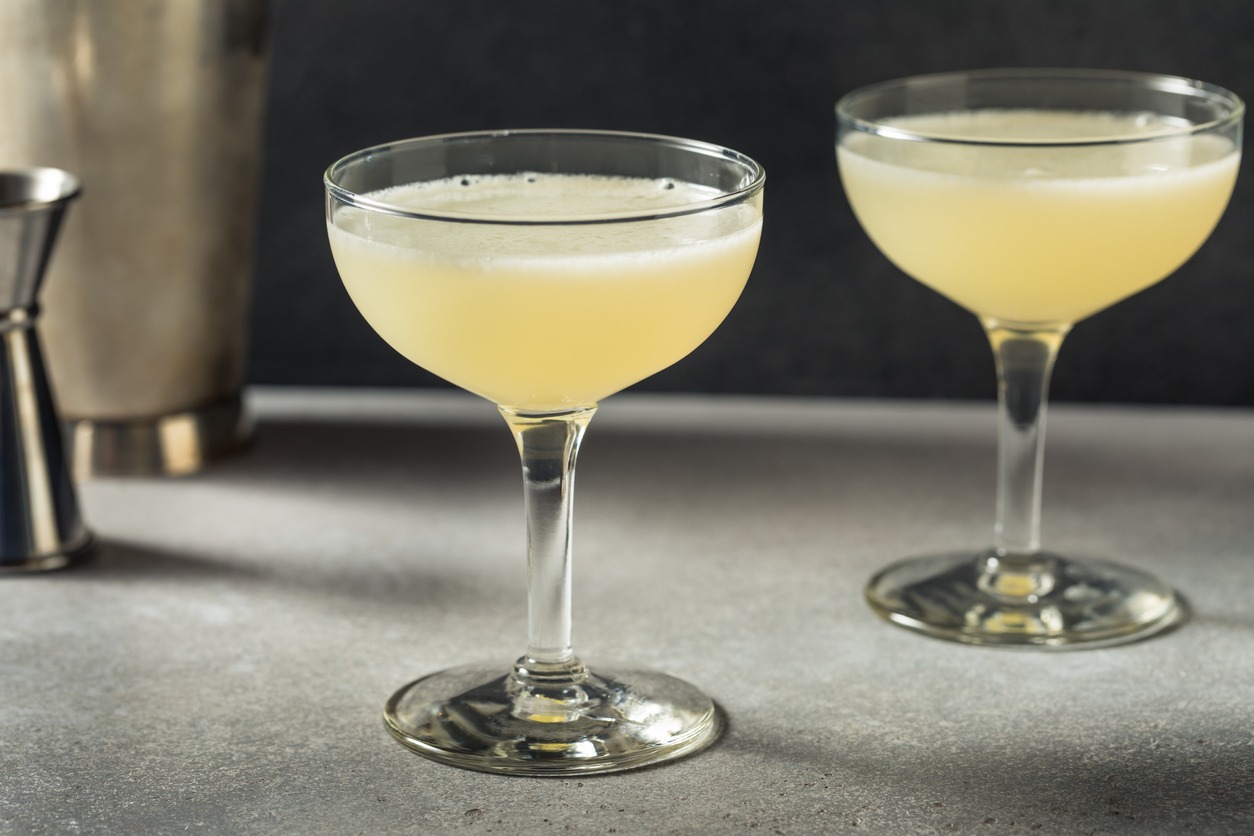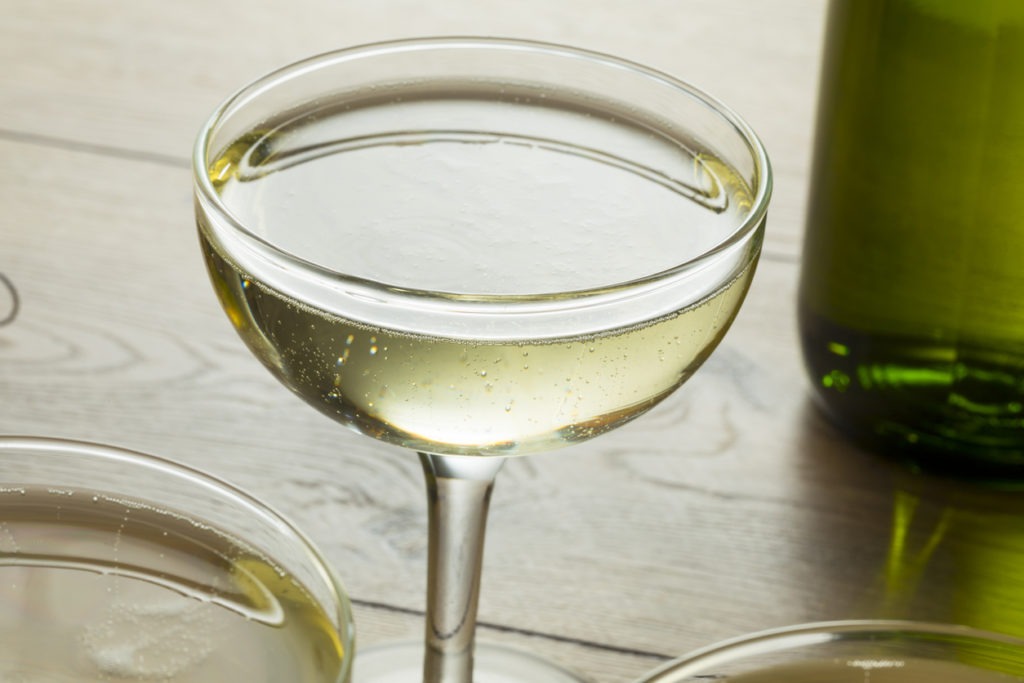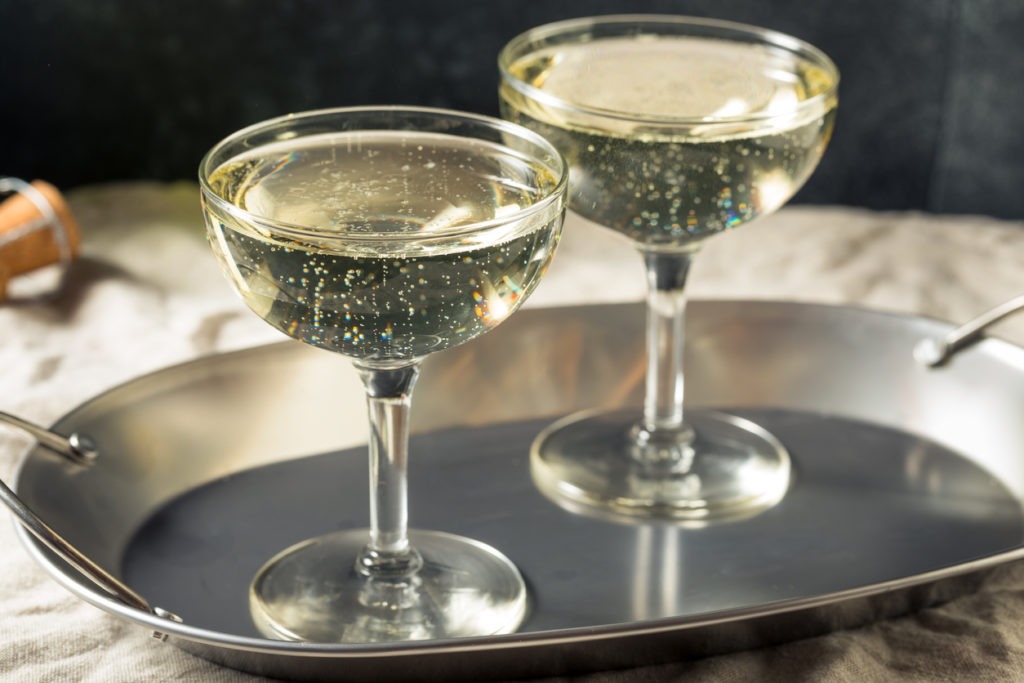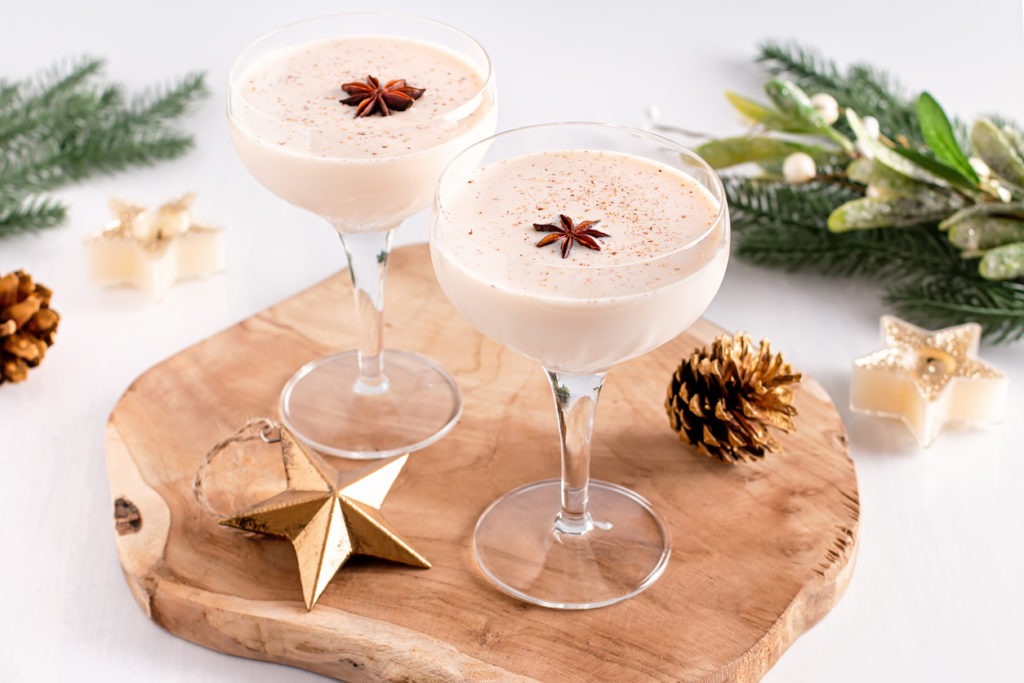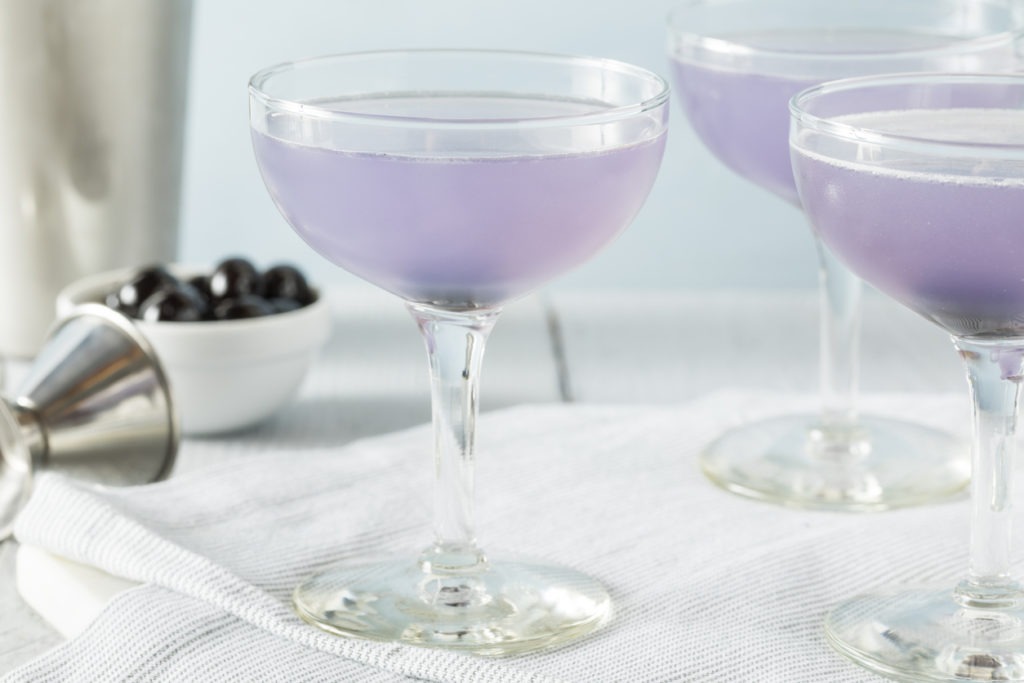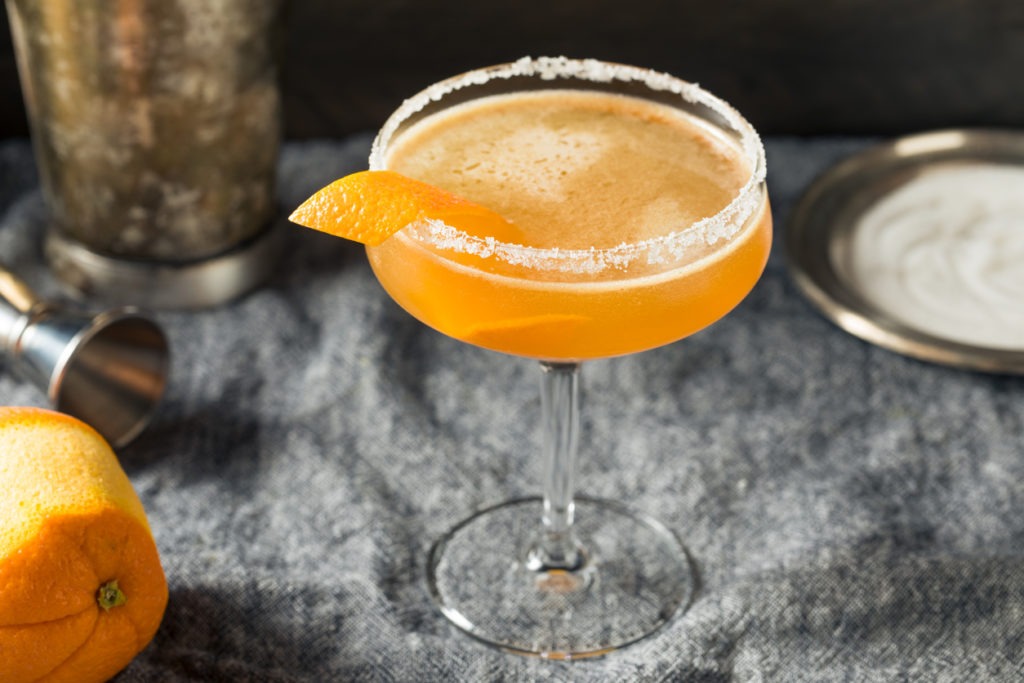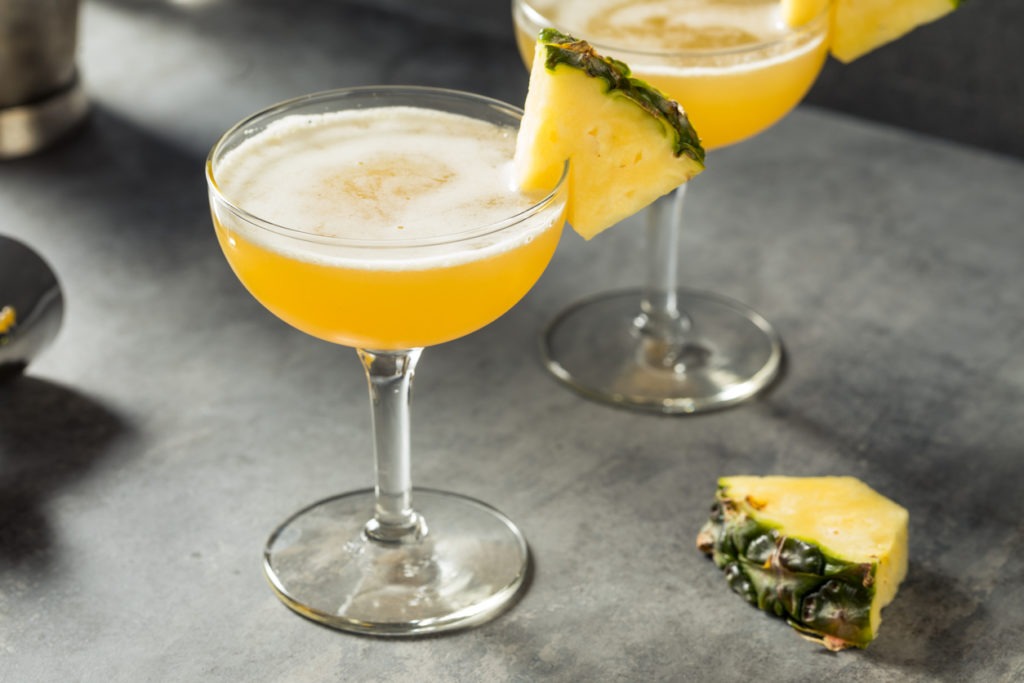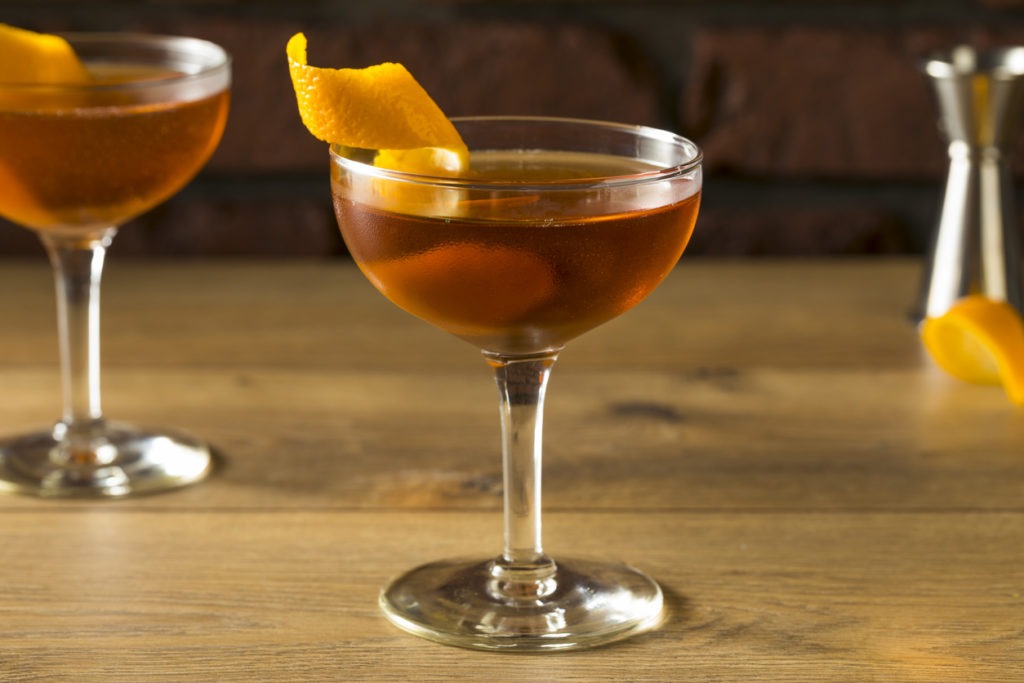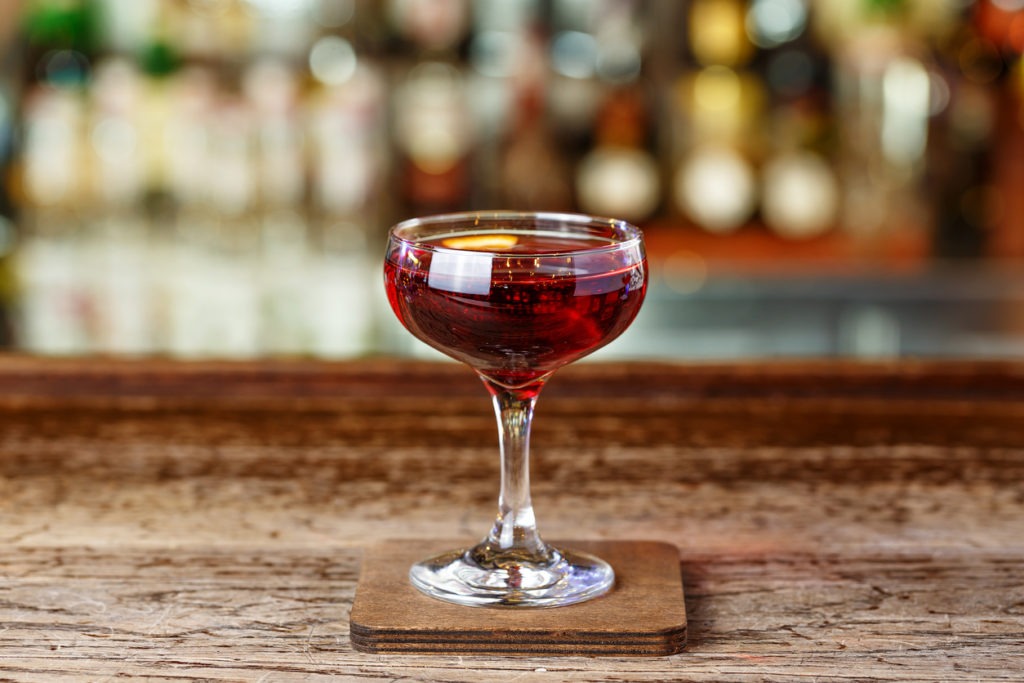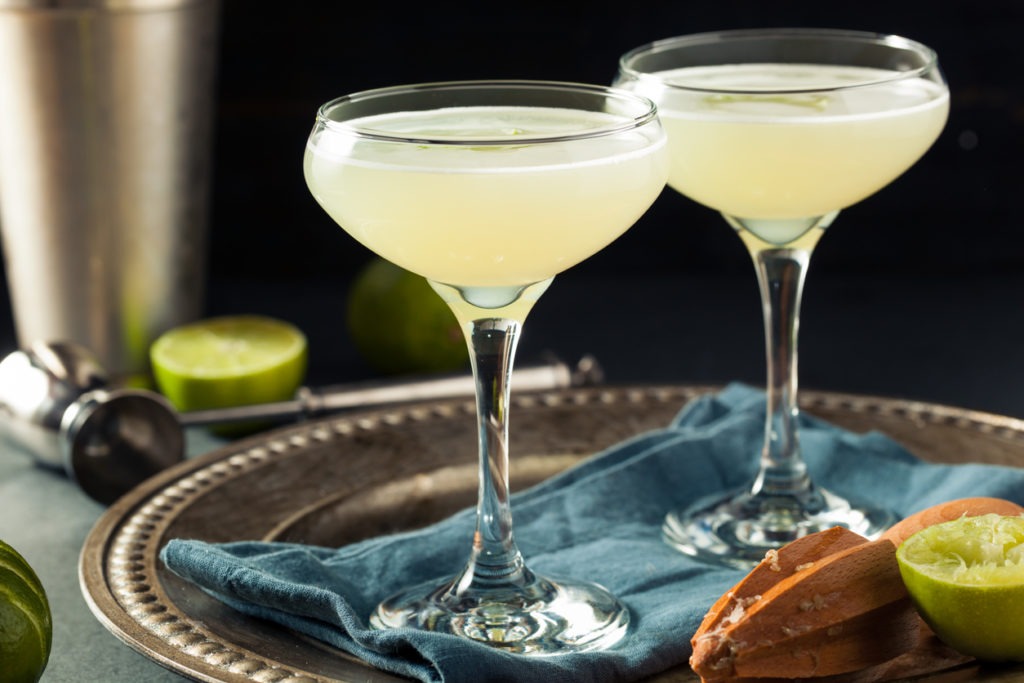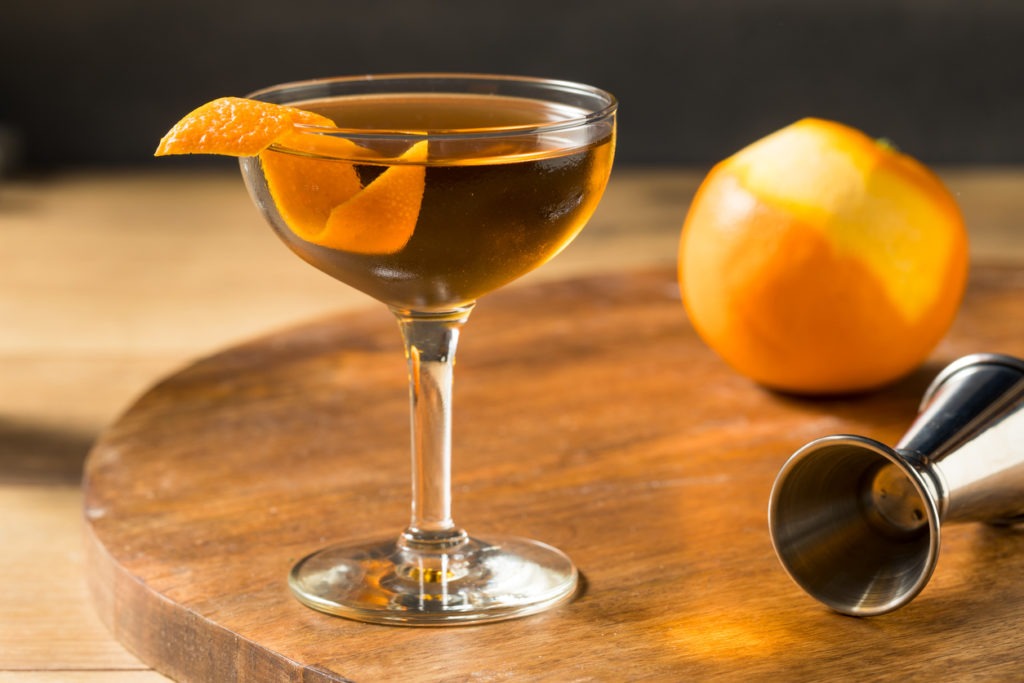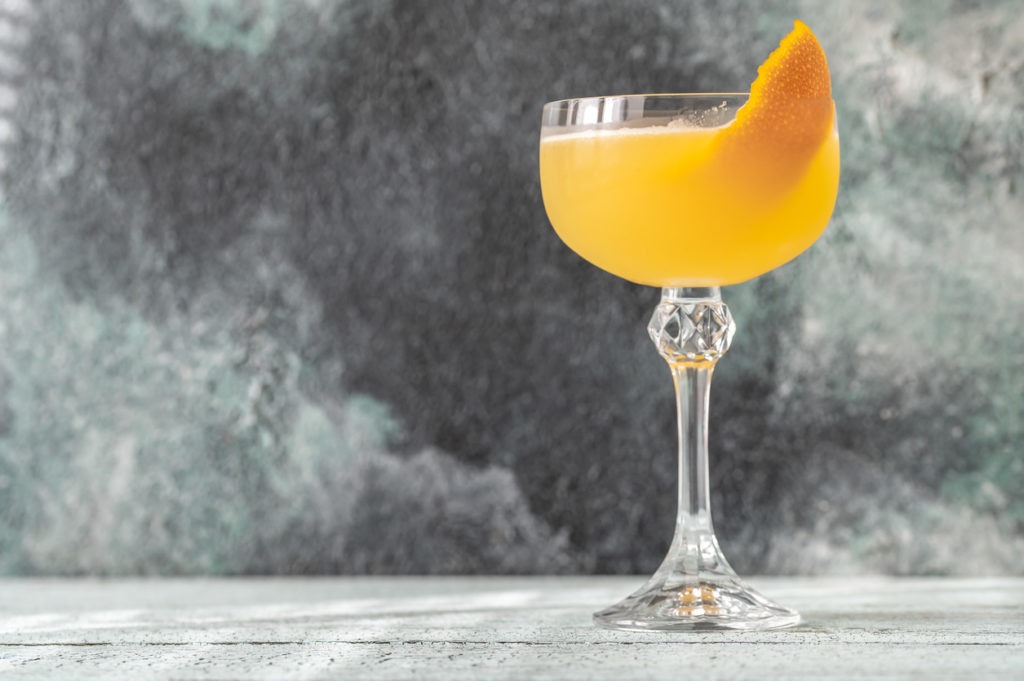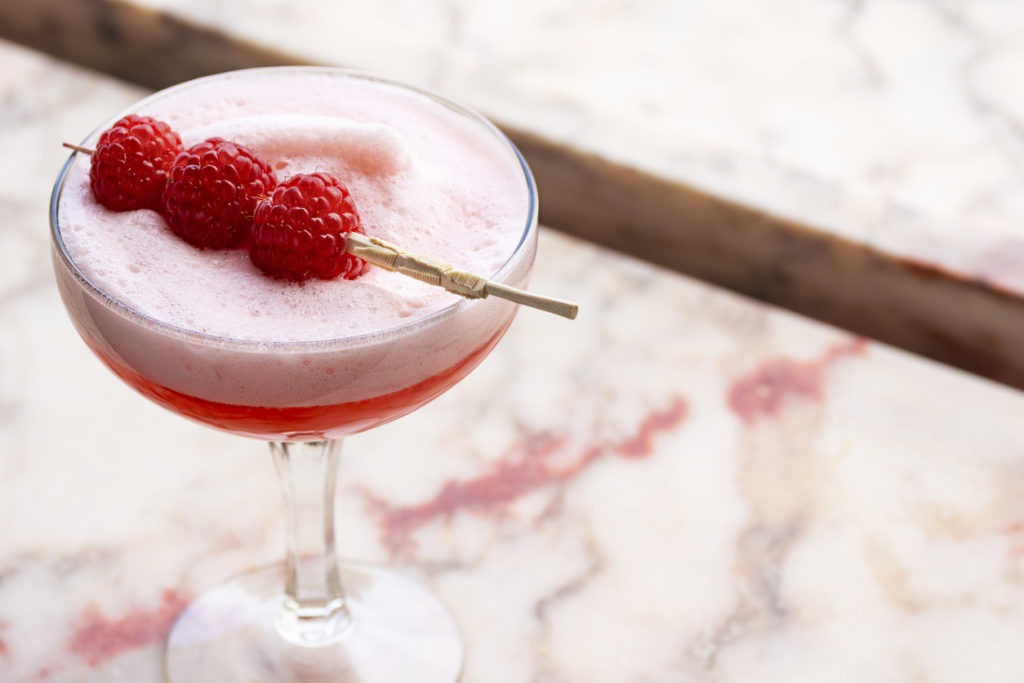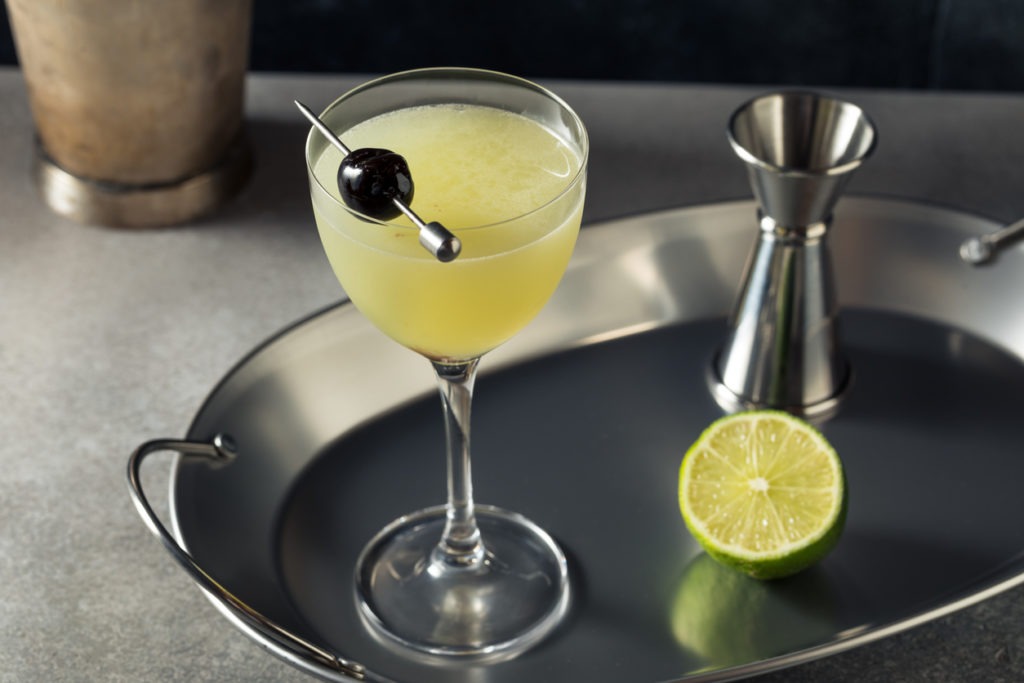Some events, like weddings, have magnificent towering champagne glasses set up on a table. It astounds everyone and leaves them wondering how it is possible. Nothing else but the coupe glass is to blame.
A coupe glass is a style of shallow-bowled stemmed champagne glass used to hold sparkling wine and other beverages. Its structure and uses have a lot of interesting details, in addition to its capacity as a tower and serving vessel. Here is all the information you need to know about coupe glass.
History of Coupe Glass
According to historians, the coupe glass, which gained popularity and was officially named in England in the late 1830s, was the first champagne glass. The coupe glass has a stem, a shallow bowl, and a wide rim. It’s one of the earliest types of champagne glasses used to hold sparkling white wine with carbonation.
Champagne coupes also referred to as saucers, have long been associated with the widely held misconception that they were fashioned after the breasts of French princess Marie Antoinette. Despite the debunking of this myth, fancy restaurants and high-end establishments like luxury hotels frequently use champagne coupes as quirky features because they are frequently associated with vintage elements from the “olde-worlde.” This vintage champagne glass does a poor job of preserving the basic flavors of champagne. The coupe glass makes it very challenging to enable aromatics and activate carbonation for a simple escape.
This champagne glass is better suited for theatrics if you enjoy watching champagne bubbles interact with one another and the liquid dance.
Why Is It Called a Coupe Glass?
It’s unclear why it was given the name “coupe” in the first place. However, it might have been because “coupe” means “cut” or “chopped off” in French. This explanation makes sense because the coupe glass’s bowl portion does appear to have been severed, giving the impression that it is shallow.
What is a Coupe Glass Used for?
The original purpose of coupe glasses was to serve champagne and other sparkling wines. However, since it was determined that they are not appropriate for champagne, mixologists and bartenders came up with alternative uses for them. The coupe glass is used by bartenders to serve “up” cocktails, which are shaken, stirred, and then strained without ice.
Cocktails that are typically served in martini glasses with a V shape are instead served in coupe glasses. Both bartenders and patrons have come to realize how messy a martini glass can be, especially when swirling the drink and spills are more likely to occur. Coupe glasses are more secure and make less mess when swirling. Additionally, they serve a more ideal amount of alcohol and are considerably smaller than martini glasses, which prevents people from getting too drunk. Since the drinks served in them are not served with ice, the thick stem of the coupe glass also enables the drinker to hold it to prevent the drink from warming up. Coupe glasses can also be used to hold sweets like ice cream, sorbet, or pudding on occasion.
Popular Cocktails That Use Coupe Glasses
Perhaps these drinks will alter your perception if you believe that champagne should only be served in coupe glasses.
Aviation
This well-known pre-Prohibition cocktail, created in 1911 by head bartender Hugo Ensslin at the Hotel Wallick in New York, contains 1.5 oz. gin, ½ oz. 12 ounces of lemon juice ¼ oz. of maraschino liqueur of Creme Yvette or Crème de Violette, which provides its lovely light purple hue. Due to its name, it is frequently associated with flight or aeronautics.
Sidecar
One of the many cocktails created in France during the Prohibition era in the 1920s was the Sidecar. It blends 2 oz. ¾ ounces of cognac combined with ¾ oz. Cointreau. The rumor that an American Army Captain would frequently visit a bar while riding in the sidecar of his friend’s motorcycle is thought to be the source of the name of the drink. To make it more drinkable during the day, the bartender would add juice and Cointreau when he ordered Cognac.
Daiquiri
There are numerous Daiquiri variations, but the original, made with 2 oz, is unrivaled. 1 oz. of rum from Cuba. 12 oz. of simple syrup and ½ oz. of lime juice. According to legend, the beverage was created by mining engineer Jennings Cox during the Spanish-American War when he substituted Cuba’s plentiful rum for gin during a party.
The Martinez
First mentioned in an O.H. Most people consider this to be similar to a Manhattan. In 1884, Byron called this “The Modern Bartender.” Some claim that this is where the martini got its start. There are many different ways to make this drink, but a typical recipe calls for 1.5 oz. of Maraschino liqueur, Old Tom gin, sweet vermouth, and two dashes of orange bitters.
Manhattan
This time-honored beverage dates back to the 1860s, around the time vermouth was introduced to America from Europe. Then, several vermouth-based beverages were created by the Americans. One of whom combined it with whiskey, creating the first Manhattan. Today’s recipes call for 2 oz. 1 oz. of rye whiskey 2 dashes of Angostura bitters and a shot of sweet vermouth.
Gimlet
Some drinks are developed as a result of necessity. In the case of Gimlet, it takes 2 oz. and was created to prevent scurvy on English Naval ships and to give the officers extra Vitamin C. gin and ¾ oz. of simple syrup and lime juice separately.
Hanky Panky
Another cocktail with three ingredients and 1.5 oz. 5 ml or 1 bar spoon of Fernet-Branca, sweet vermouth, and dry gin, respectively. It was invented by Ada “Coley” Coleman, head bartender of the American Bar at the Savoy Hotel. According to rumors, she made the beverage for English actor, manager, director, and producer Sir Charles Hawtrey.
Bees Knees
The Bees Knees is a 2 oz. cocktail from the Prohibition era. of honey syrup, ¾ oz. of lemon juice, and gin. The honey contributes to the gin’s mellower flavor. In 1934, it was first made available in a book titled “World Drinks and How to Mix Them.”
Clover Club
This stunning pale red cocktail bears the name of a Philadelphia men’s club from around 1896. 2 oz. of gin, ¾ oz. of lemon juice and raspberry syrup, and ½ oz. of egg whites. The final component gives it froth and makes it delicious to drink, but it has no odor.
Last Word
The Chartreuse, along with equal parts of gin, lime juice, and maraschino liqueur, is responsible for the herb-flavored beverage. It was created during Prohibition at the Detroit Athletic Club’s bar. When Frank Fogarty, a vaudeville performer, announced it, it first gained popularity.
Conclusion
Unquestionably, the coupe glass is an interesting variety of stemware. Although it has experienced its share of ups and downs, it currently has a secure location serving both traditional and contemporary cocktails. Here are some cocktail drinks you can enjoy with your coupe glass along with the information you need to know about coupe cocktail glasses.
